Gweek
The old port of Gweek at the head of the Helford is the furthest navigable point on the river. It is thought there has been a port here since around 450 BC, when tin was traded with the Phoenicians. In medieval times, Gweek became the busiest harbour in the area, taking over from Helston as the main tin-shipping port after the silting up of the River Cober at Loe Bar. When the Cornish mining industry collapsed in the early 19th century, there was a mass exodus of Cornish miners to Australia, Canada, South Africa and Brazil, with many setting out for their new lives from Helford.
Today Gweek is better known for its Seal Sanctuary, where injured seals are nursed back to health before being returned to their natural environment.
Also close to Gweek is one of the grandest houses in the Helford area — Trelowarren. Recorded in the Domesday Book, the earliest owner of the ancient manor is believed to have been Earl Harold, who died at the Battle of Hastings. It was subsequently owned by Robert Mortain, half-brother of William the Conqueror. Since 1426, Trelowarren has been continuously occupied by the Vyvyan family.
The estate is also the site of Cornwall’s largest and best-preserved Iron Age ‘fogou’— a mysterious underground complex of passages and chambers, now under the guardianship of English Heritage.

